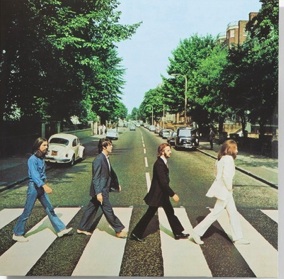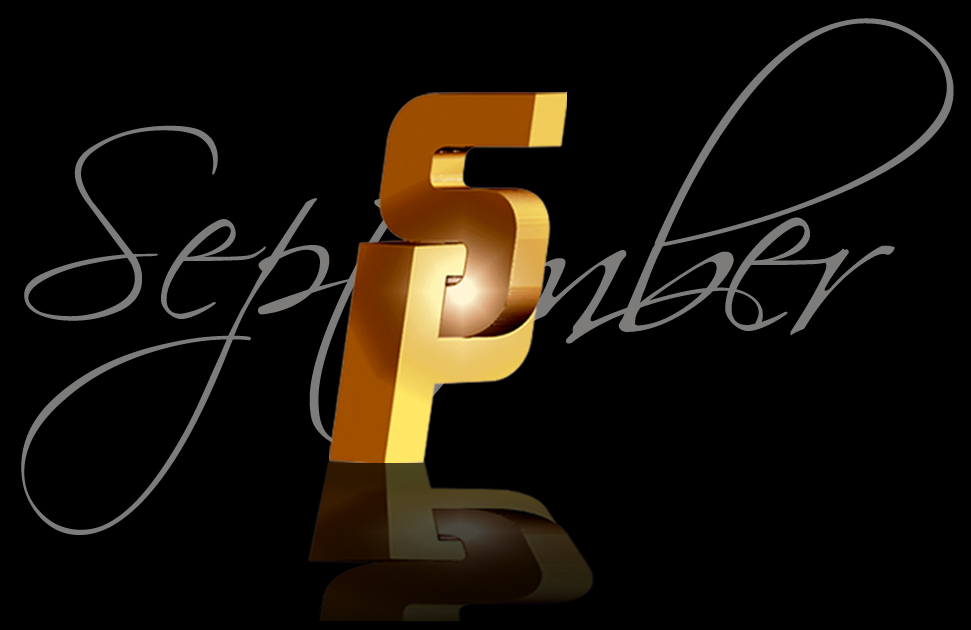
“It’s easier to fool people than to convince them that they have been fooled.” Mark Twain
First of all whether you are a vinyl fan or digital fan probably follows the same lines of Apple vs PC. I use both and I am thankful to live in a day that the technological sky is the limit.
We have all heard the countless claims about how vinyl simply sounds “better” and “warmer” than today’s digital music. It’s safe to say that people still like the sound of vinyl despite all our advances in technology. And it’s not just your John Q Consumer who holds vinyl in such high esteem—some of the most famous of rock stars are on board as well.
“Digital is zeroes and ones any way you look at it,” Chuck Leavell, keyboardist for the Rolling Stones, told Forbes. “Whether it’s a CD or a download, there’s a certain jaggedness to it. Vinyl wins every time. It’s warmer, more soothing, easier on the ears.” Opinions aside, what we can all agree on is that there is indeed a difference in the sound that comes from vinyl versus that of digital media, both in the way it is produced and heard (although there are debates between experts and common folks about whether these differences can be audibly perceived by everyday listeners).
On a basic level, a vinyl record is an analog recording and a CD is a digital recording. “An analog signal is continuous, meaning that there are no breaks or interruptions,” writes Jonathan Strickland, Senior Editor of HowStuffWorks.com. “If you were to hum a descending note, people hearing you would be able to detect the change in pitch, but not point to specific moments when the pitch jumped from one note to the next. Digital signals are not continuous. They use specific values to represent information. In the case of sound, that means representing a sound wave as a series of values that represent pitch and volume over the length of the recording.
In an interesting interview with NPR, Sean Olive, Director of Acoustic Research at Harman International, and Scott Metcalfe, Director of Recording Arts and Sciences at the Peabody Institute of Johns Hopkins University, suggested that the ritual of vinyl—taking the record out and placing it on the turntable, clearing the dust, setting the needle on—plays a large role in how people hear it, arguing that perception and nostalgia have a lot to do with how we feel about one piece of music over the other.
They also attribute some of the disdain for CDs to an initial laziness on the part of the record companies, which they claim had a great effect on the public’s perception of the then-new musical medium. “When the CD first came out, a lot of the CDs that were released were actually recordings made for vinyl,” Olive said. “And those master tapes, rather than remastering, they just made them into CDs. So a lot of the objectionable sounds of CD was actually because the record companies didn’t bother to remaster these old recordings.”
So the question remains: Is the love really about the sound, or is it more about nostalgia? We know that they are definitely different in the way they are produced as compared to other media, but do records actually sound “better” or “warmer?” One thing that most experts, including Olive, Metcalfe, and Strickland, agree on is that, all things being equal in terms of the sound systems and disc qualities, the everyday user would have a very hard time telling the difference between analog and digital sound.
However, it’s the intangibles of playing a record, such as the way the dust affects the sound or the way we can hear the needle at times, that make the experience of listening to vinyl unique. It’s true that a record can sound different today than it did yesterday if the conditions of the player and record itself are not exactly the same (dust collection and needle wear-and-tear, for example). Aside from that, it’s hard to take the argument any further. Despite the insight into the different composition, this argument simply boils down to a matter of preference and perception.
I am crediting David Sax from the LA Times for his article written July 16 of this year:
Over the past few years, analog goods including physical books, board games and, of course, vinyl records have experienced a surprising resurgence — despite the fact that these technologies are functionally obsolete. How could this be happening? Why would someone pay $20 or more for a second-hand copy of Bill Withers’ “+Justments” on a scratchy melted plastic disc that plays only on a costly, troublesome turntable, when she could stream the same album in digital clarity on Spotify for free?
The conventional wisdom is that nostalgia is to blame for this twee trend: Millenials, hipsters or that most-coveted demographic, the millennial hipster, are indulging in some perverse Wes Anderson fantasy. They’re deifying outdated things and repackaging them as contemporary culture.
But the conventional wisdom is too simplistic, as it so often is. Across the board, consumers who weren’t even around when these technologies first lost their prominence are driving their resurgence. How can a 15-year-old be nostalgic for a turntable, when her parents never owned one in the first place? How can you accuse a 25-year-old computer programmer of being lost in the past, simply because he collects hip-hop 45s in his spare time?
If nostalgia more broadly understood plays a role, though, that’s a bad thing only if you believe that progress ought to move in a linear direction. In today’s rapidly innovative, digitally driven economy, reverence for the old stands in opposition to the Utopian futurism at the heart of Silicon Valley. The past is relevant only in terms of how quickly you speed away from it, and as long as Moore’s Law holds steady — doubling the speed of processors and halving their cost every 18 months — the only hardware and software that truly matters is the next version.
No one pines for Windows 2.0, or the iPhone 4; progress is a one-way street, and anyone who dares to reverse course is a Luddite. Outside of Silicon Valley, the world doesn’t work this way. In real life, innovation is a two-steps-forward-one-step-back dance, the product of trial-and-error experiments in which we adopt, reject, forget and resurrect ideas in science, culture, politics and commerce as we move forward in time. Nostalgia’s role here is crucial. It is the critical eye that values everything against what came before it, and constantly asks whether each new idea is an improvement, or not.
When Nancy Silverton opened La Brea Bakery in 1991, bread in America still meant processed, sliced, packaged loaves sold at the grocery store. The invention of processed bread in the early 20th century was heralded at the time as a great technological leap. Suddenly, bread was cheaper, more plentiful and had a longer shelf life, making it more accessible to more people, which had a significant impact on hunger and the food supply. But soon enough, consumers were nostalgic for the slow fermented sourdoughs that no longer were available, and it was bakers like Silverton who brought them back to the mass market.
Today, the country supports thousands of artisan sourdough bakeries, and even your average supermarket loaf has more character — and flavor — thanks to the food trend Silverton and her cohorts achieved by looking back to the way bread was made in the past, and making that bread accessible in the present. When I buy artisanal sourdough, it’s not because of some misplaced fear of bakery science, but because that crusty, airy, wonderful loaf just tastes so much better than Wonder bread.
My passion for collecting records is driven by the same judgment. It was only after I uploaded my CD collection to iTunes, then abandoned that for the endless buffet of streaming, that the unseen benefits of listening to vinyl became apparent. All the digital inventions (MP3s, iPods, Wi-Fi, cloud computing) that brought me free, disembodied music anywhere, anytime, made me value music I can own, display, touch and feel with all my senses. To the millions of consumers worldwide who have resurrected the record industry over the past few years, I suspect the feeling is mutual. To us, the return of vinyl — even as we listen to streaming services on the drive to work — represents not regression, but progress.
Silicon Valley may never look back, but for the generation who has grown up with omnipresent digital technology, nostalgia isn’t just some foolish whim. It is a life raft, and the one sure means of grounding ourselves in a world that promises constant change. My turntable is from the 1970s and so are many of the records that play on it. It can be fixed, modified and restored, but it cannot be rendered obsolete. When disruption is the norm, the real disruption may just be permanence.
